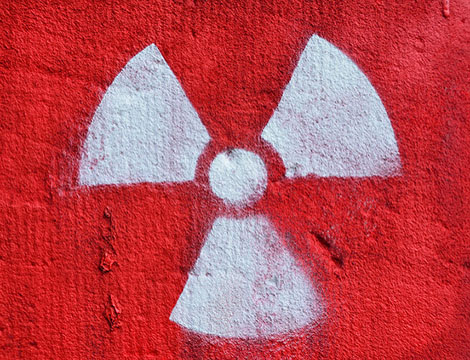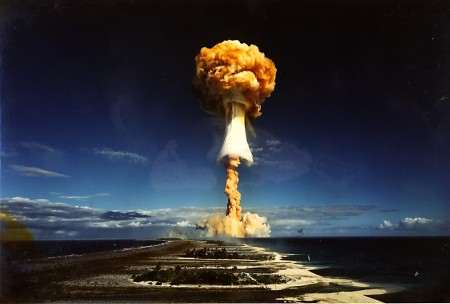
This article was originally published by the Institute for National Security Studies (INSS) on 18 June 2017.
In late 2016, the United Nations decided to launch discussions on the establishment of a treaty banning all nuclear weapons, and on May 22, 2017 the Chair of the conference dealing with this issue presented a first draft of the proposed treaty. The proposed draft is of a treaty negotiated among states, not taking into account the existence of non-state entities that could be holding a trump card in the case of universal nuclear disarmament. Moreover, in many respects, the draft falls into the same troubling trap of previous treaties. It is a detailed treaty but with a number of loopholes that come to placate the diverse opinions and approaches of the states to the issue. Thus while striving toward nuclear disarmament is a noble goal, one must be realistic and not really expect the proposed treaty to achieve it.
A short time after nuclear weapons were used in World War II, a movement to eliminate these weapons, the most horrific weapons of mass destruction (WMD), began with what is known as the Baruch Plan. Although many governments and hundreds of non-governmental organizations supported and still support nuclear disarmament, their achievements(including the disarmament of South Africa, reductions of stocks, and a moratorium on testing that was not universally upheld) have been partial.


